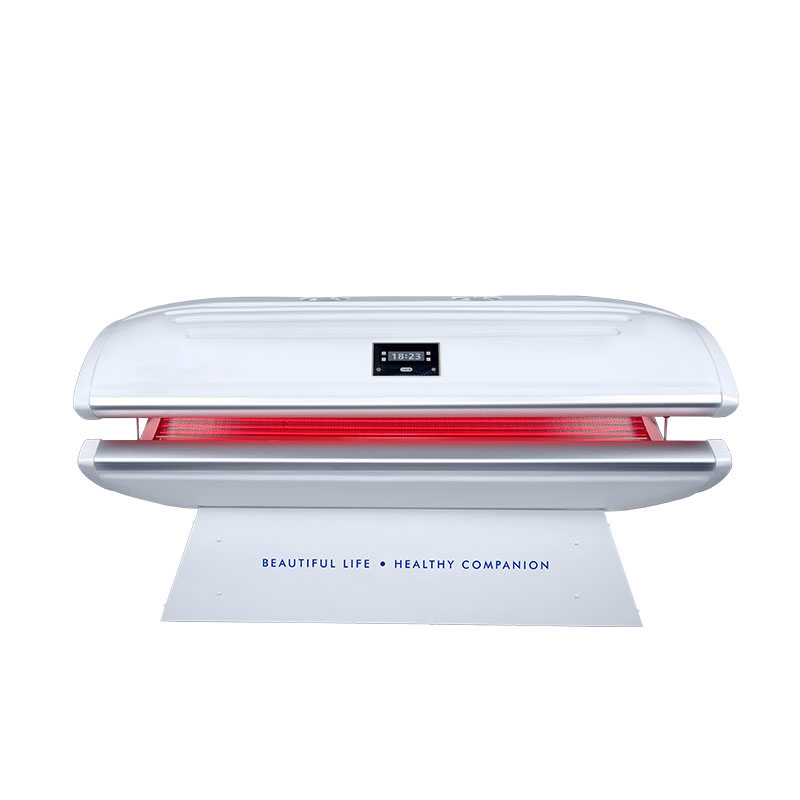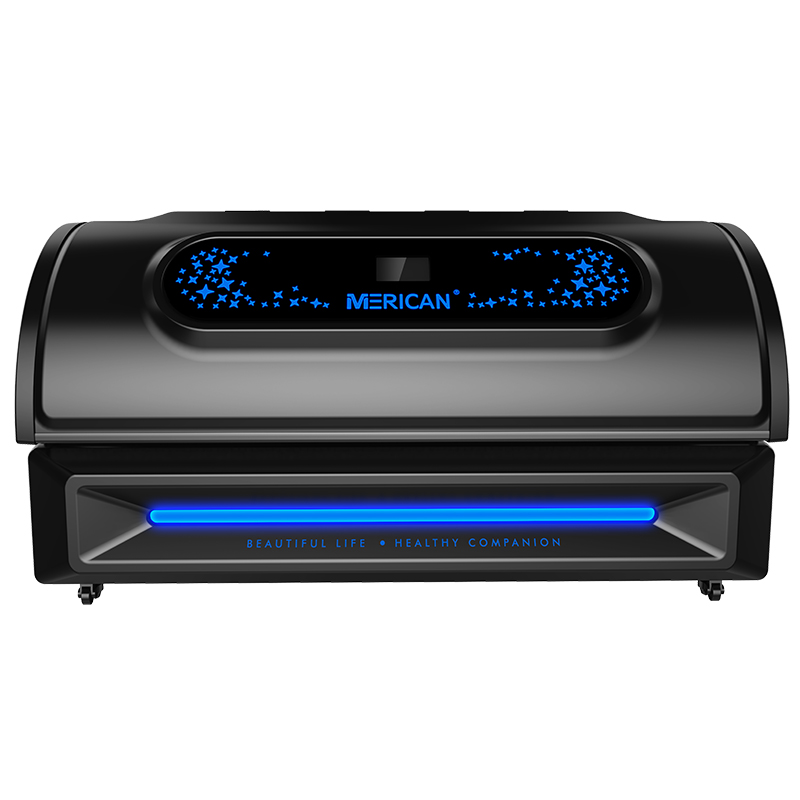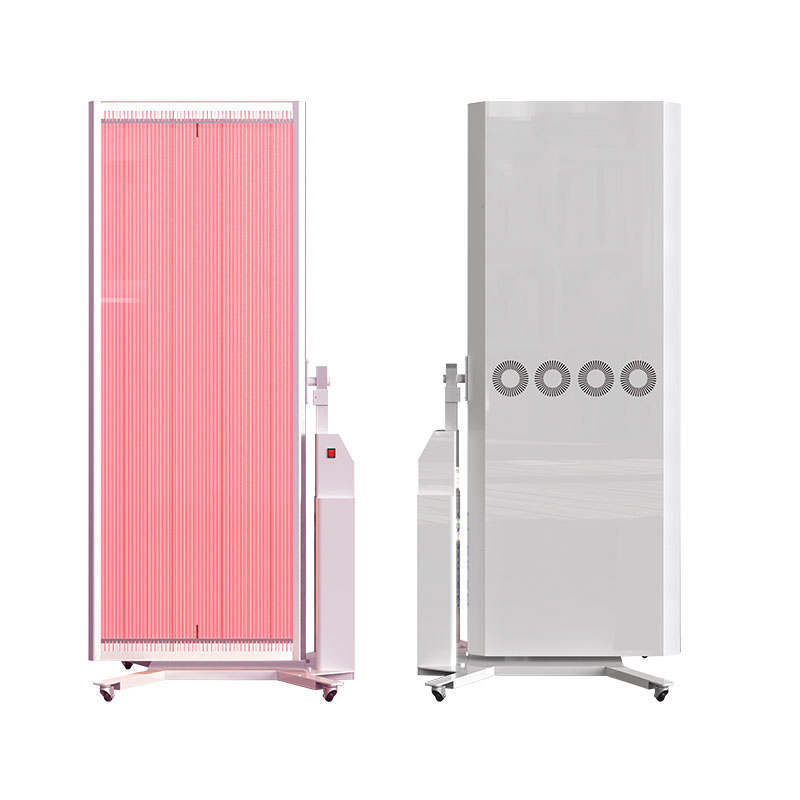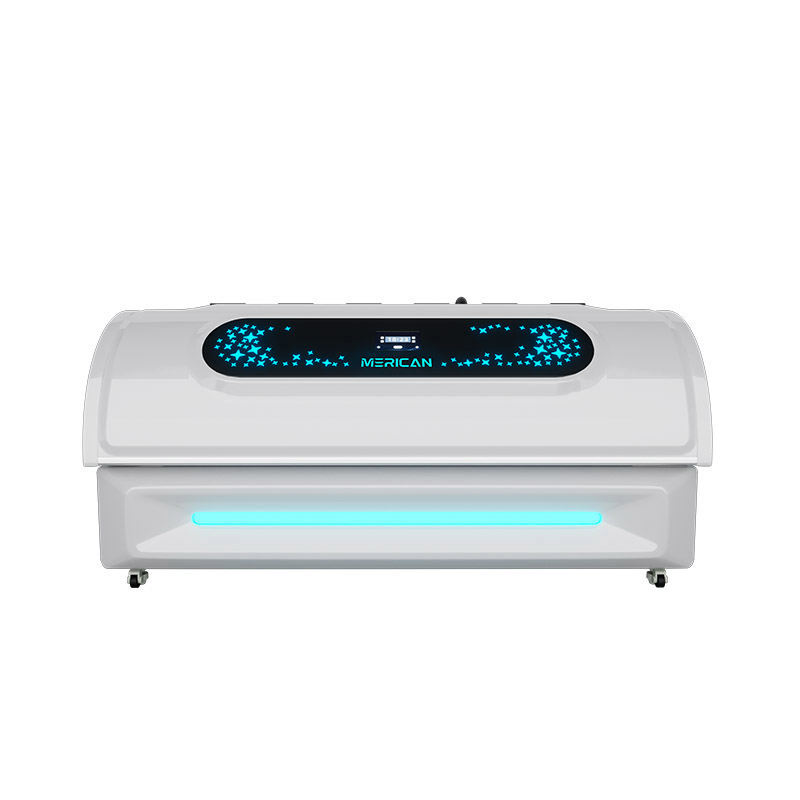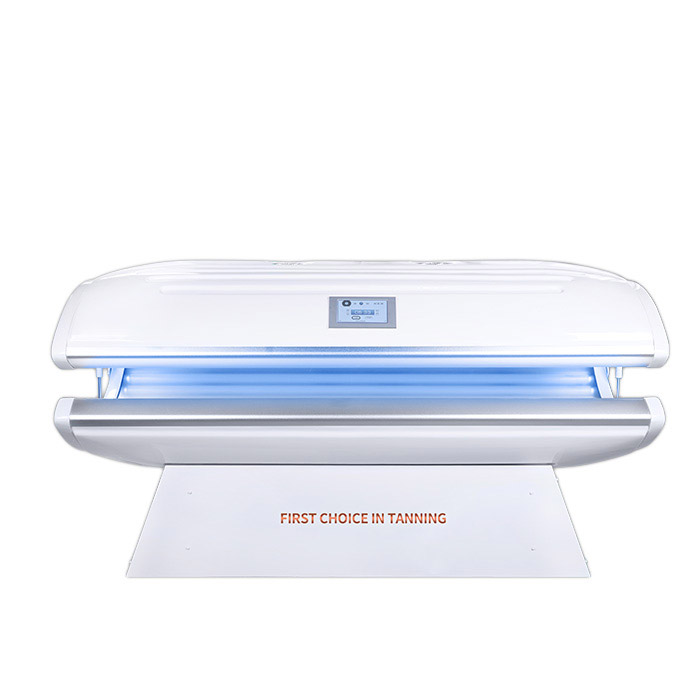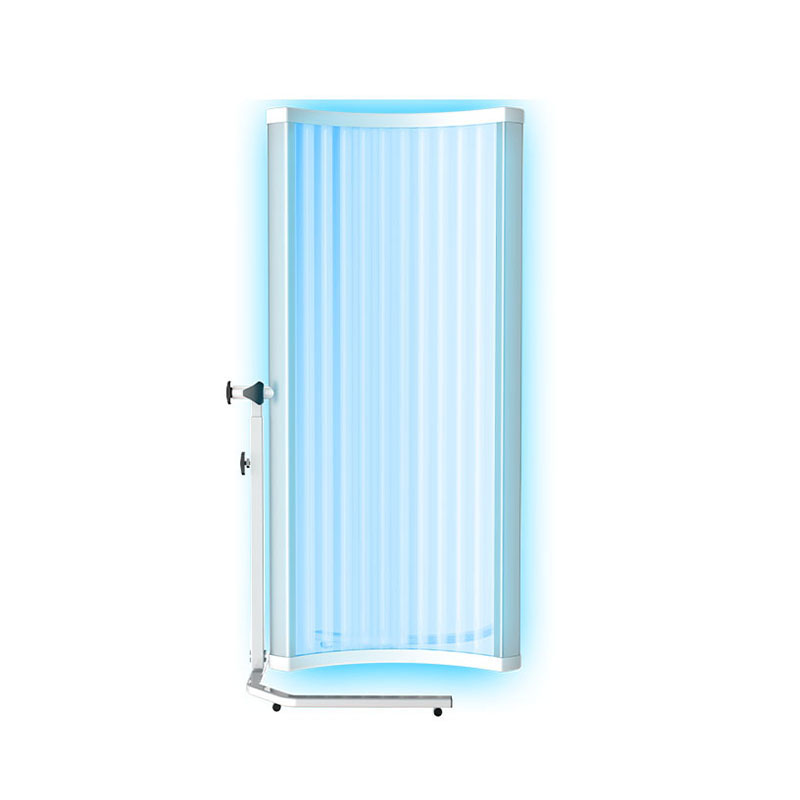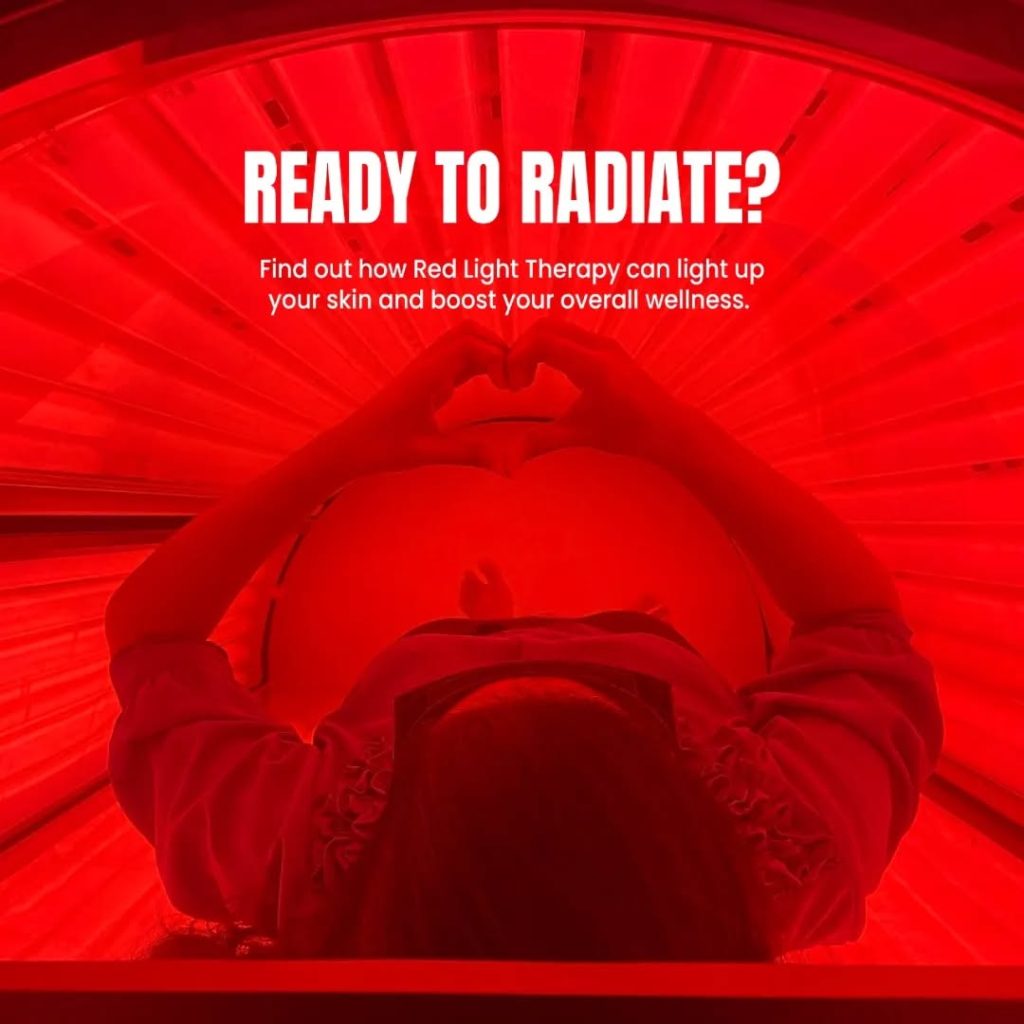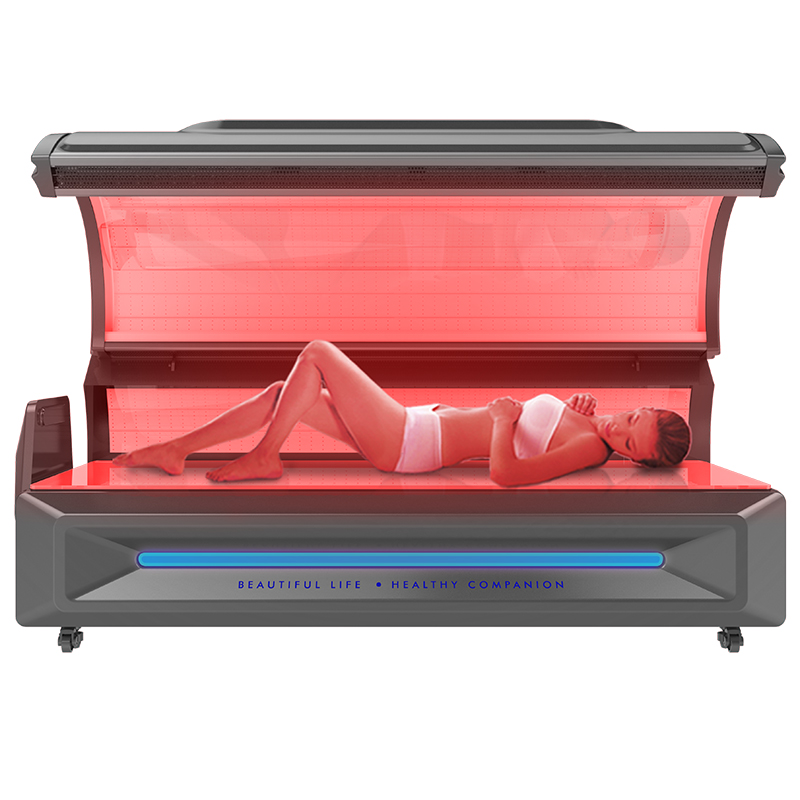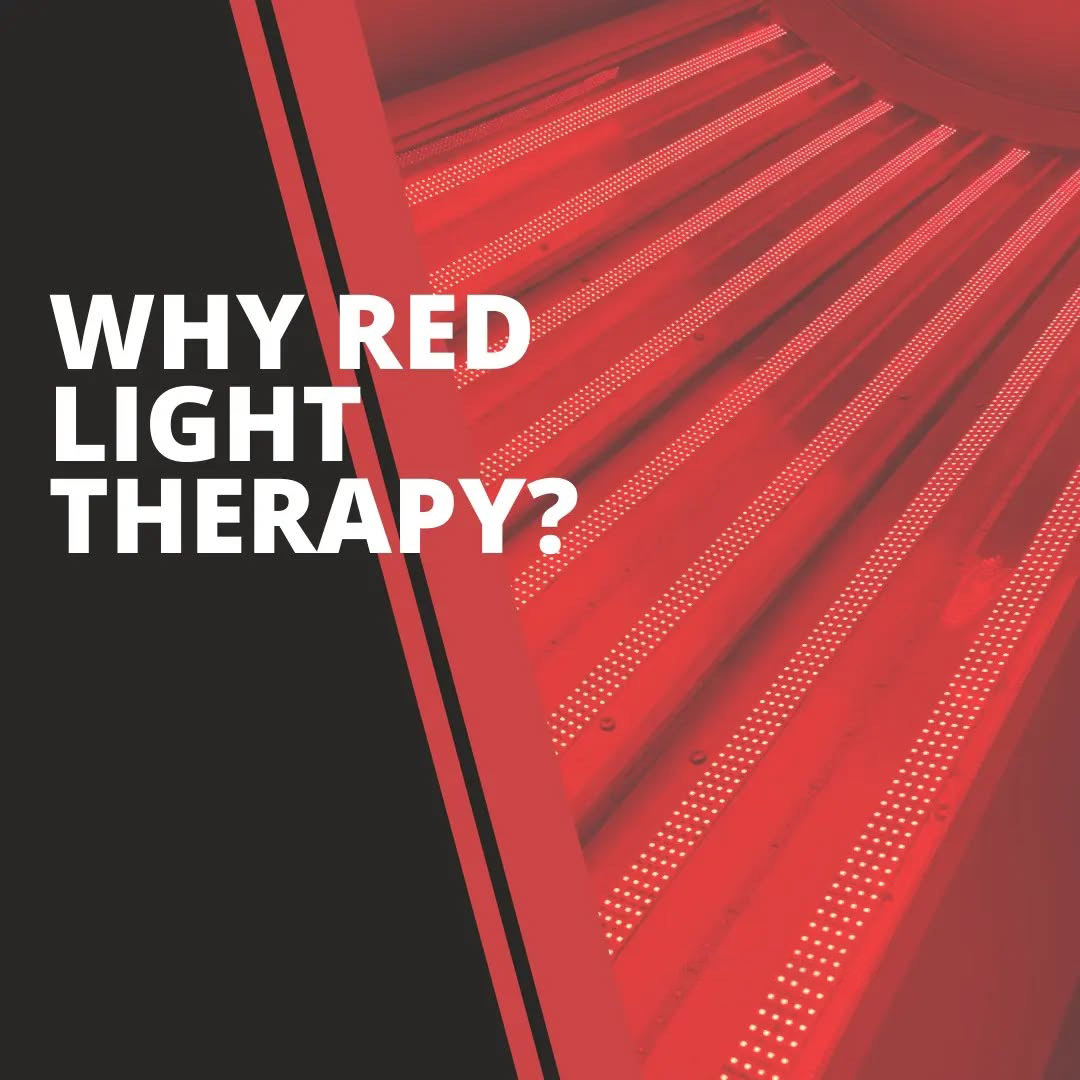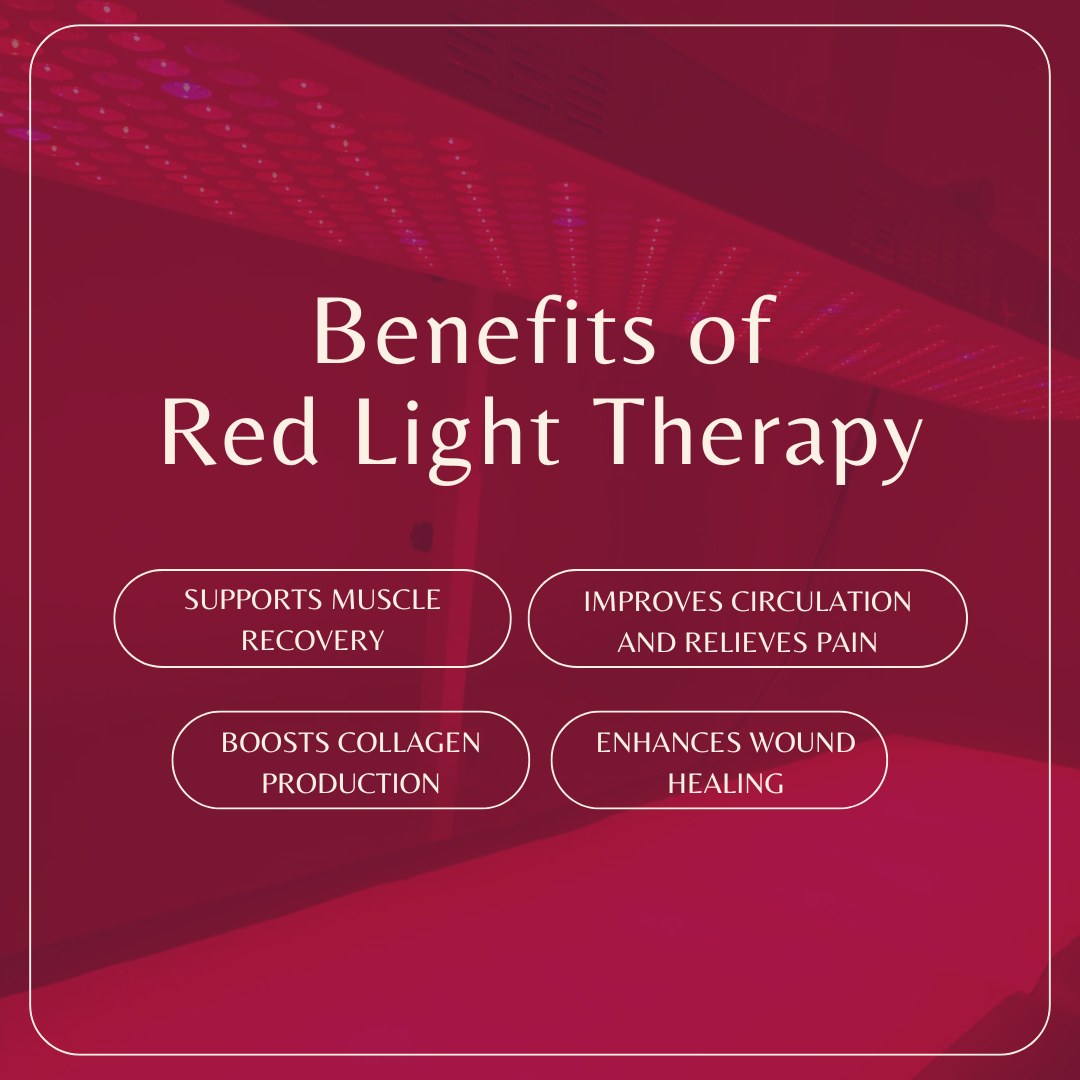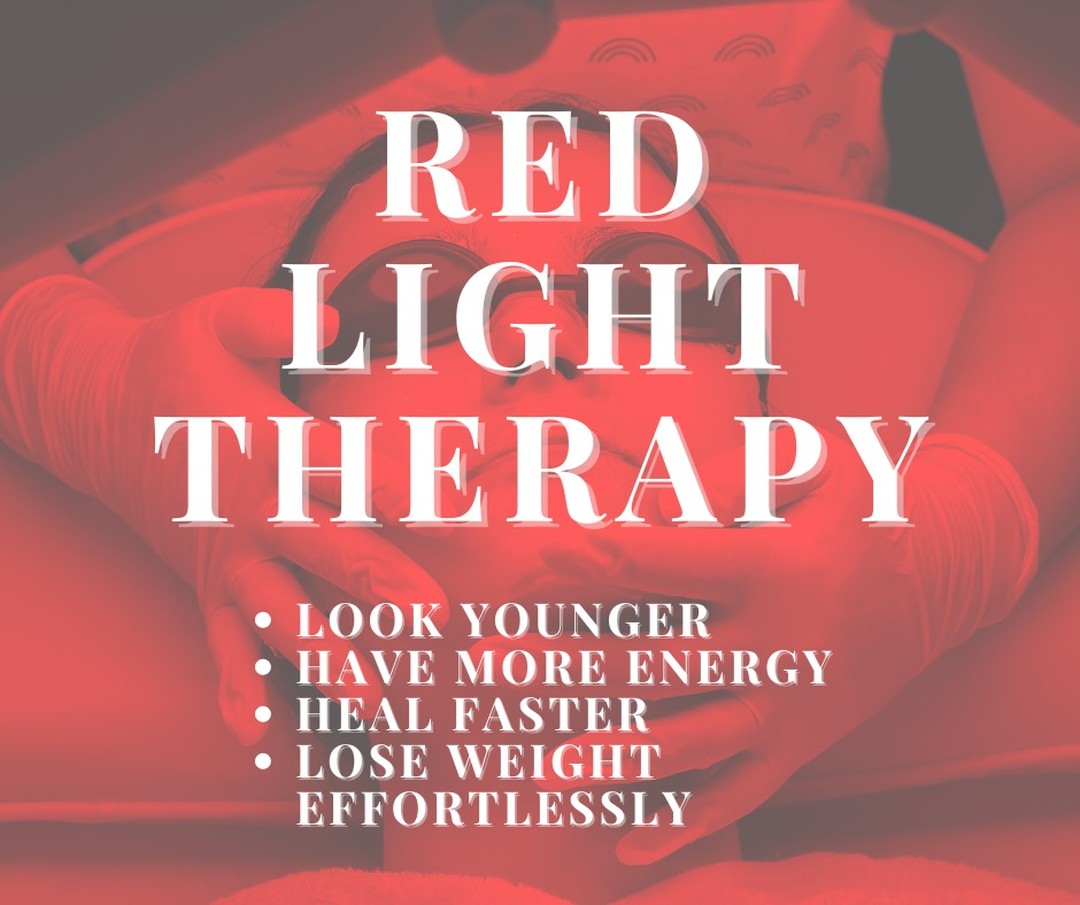Table of Contents
Red light therapy (RLT) has rapidly emerged as a promising non-invasive treatment that many believe can rejuvenate skin, diminish the appearance of wrinkles, reduce redness and acne, and even lessen scars and other signs of aging. Though still in its developmental stage in many respects, this innovative approach has attracted the interest of both medical professionals and beauty enthusiasts alike. In this comprehensive article, we delve into what red light therapy is, how it functions, its history, the scientific principles behind it, its potential applications, and practical advice for those considering this treatment. We also include two additional features: a comparison between red light therapy and other similar modalities, and expert tips for maximizing treatment outcomes. Finally, answers to frequently asked questions address common concerns and curiosities.
Whether you’re contemplating red light therapy for cosmetic enhancements or as part of a broader approach to health and wellness, understanding its underlying mechanisms and the current state of research is essential. By the end of this article, you will have a well-rounded perspective on red light therapy, its benefits, its limitations, and how to best approach it safely.
What Is Red Light Therapy?
Red light therapy is a treatment that uses low-level wavelengths of red light to target various skin conditions and health issues. Unlike more invasive procedures, RLT harnesses light at specific wavelengths to trigger beneficial cellular changes. Proponents assert that it can improve skin appearance by reducing fine lines, wrinkles, scars, and redness, as well as addressing acne. Also known by names such as low-level laser therapy, non-thermal LED light therapy, soft laser therapy, cold laser therapy, biostimulation, photonic stimulation, photobiomodulation, and phototherapy, red light therapy has garnered attention across various fields. Although early studies and anecdotal reports indicate potential benefits, more rigorous, large-scale clinical trials are needed to definitively confirm its effectiveness.
A Brief History: How Did Interest in Red Light Therapy Evolve?
The concept of using light for healing is not new. However, modern red light therapy began with unexpected origins in outer space. NASA initially investigated the effects of red light on plant growth to optimize conditions for long-duration space missions. Researchers soon discovered that red light might also accelerate wound healing—a finding that later extended to potential benefits for astronauts dealing with skin injuries and stresses.
This discovery paved the way for broader exploration within the medical community. Red light therapy has since been integrated into photodynamic therapy protocols where low-power red laser light activates a photosensitizing drug, sparking a chemical reaction to help destroy diseased cells. Applications include treatments for skin cancers, psoriasis, acne, and warts. Despite promising early findings, ongoing research and debates continue as experts call for further studies before the treatment can be widely endorsed.
The Science Behind Red Light Therapy: How It Works
Cellular Energy and Mitochondria Activation
At the heart of red light therapy’s proposed benefits is its effect on the mitochondria—the “power plants” of our cells. When cells absorb red light at specific wavelengths, the mitochondria are believed to generate more adenosine triphosphate (ATP), the molecule that fuels cellular processes. This boost in energy is thought to enhance cell repair, stimulate new cell growth, and rejuvenate the skin.
Stimulation of Collagen and Fibroblasts
Collagen is a vital protein that gives skin its structure, strength, and elasticity. Red light therapy is believed to stimulate collagen production by increasing the activity of fibroblasts, the cells responsible for collagen synthesis. Enhanced collagen production can lead to firmer, more youthful-looking skin and may also help reduce the appearance of scars and wrinkles.
Enhanced Blood Circulation and Reduced Inflammation
Improved blood circulation is another potential benefit of red light therapy. Better circulation delivers essential nutrients and oxygen to the skin, aiding tissue repair and rejuvenation. Moreover, the therapy’s anti-inflammatory effects may help reduce the redness and swelling associated with various skin conditions, from acne to eczema.
Photobiomodulation: The Underlying Mechanism
Often used interchangeably with red light therapy, photobiomodulation refers to the process where light photons are absorbed by cellular components, triggering a series of biochemical reactions. These reactions can result in enhanced cellular function, quicker repair of damaged tissues, and modulated inflammatory responses. Although the exact mechanisms are still under study, current understanding suggests that red light therapy’s impact on cellular activity is both complex and promising.
Skin Conditions Potentially Benefited by Red Light Therapy
- Wound Healing and Scar Reduction: The increased cellular energy and improved circulation may accelerate healing and diminish scar appearance.
- Reducing Wrinkles, Fine Lines, and Age Spots: By stimulating collagen production, RLT can smooth out wrinkles and fine lines, while enhancing overall skin texture.
- Managing Acne and Reducing Inflammation: Its anti-inflammatory effects can help calm acne-prone skin, reducing both redness and swelling.
- Easing Symptoms of Psoriasis, Rosacea, and Eczema: Early studies suggest that the treatment might alleviate inflammation and promote repair in chronic skin conditions.
- Improving Sun-Damaged Skin: Red light therapy may help repair some of the damage caused by ultraviolet exposure, leading to improved skin tone and texture.
- Stimulating Hair Growth: In cases of androgenic alopecia, enhanced cellular energy and circulation may support healthier hair follicles and encourage regrowth.
Evaluating the Effectiveness of Red Light Therapy
Current Research and Studies
While preliminary studies show promising results, many of the existing studies have involved small sample sizes or were conducted in vitro. The gold standard for evaluating treatment effectiveness remains randomized, placebo-controlled trials, which are still needed in this field.
Limitations and Future Potential
Limitations in study designs—such as inadequate control groups or short follow-up periods—mean that definitive conclusions cannot yet be drawn. Nonetheless, the potential of red light therapy in dermatology and beyond is undeniable, prompting continued research and cautious optimism among experts.
Safety Considerations and Practical Guidelines
Is Red Light Therapy Safe?
Red light therapy is generally regarded as safe, especially when used for short durations and with appropriate eye protection. Unlike UV light, red light does not carry the risk of skin cancer. However, excessive exposure or improper use may lead to temporary eye strain or skin irritation. Long-term safety data are still limited, so following manufacturer guidelines and professional advice is essential.
At-Home Devices vs. Professional Treatments
A range of red light therapy devices exists—from professional-grade equipment in clinics to at-home units. Professional devices typically offer higher power and more noticeable results, while at-home devices are generally less potent and may require more frequent sessions. Regardless of the option chosen, consulting a healthcare professional before beginning treatment is highly recommended.
Comparing Red Light Therapy with Other Light-Based Treatments
Red Light vs. Blue Light Therapy
Red light therapy is celebrated for its role in reducing inflammation and stimulating collagen production, whereas blue light therapy is primarily used to combat acne by targeting bacteria responsible for breakouts. While both modalities utilize light to improve skin health, their mechanisms differ significantly. Blue light’s bactericidal effects make it ideal for managing acne, while red light’s regenerative properties lend themselves more to overall skin rejuvenation. In many cases, the two therapies can be complementary, working together to address multiple skin concerns.
Infrared Therapy: Going Beyond the Visible Spectrum
Infrared therapy employs wavelengths that penetrate deeper into the skin than red light. This deeper penetration may be more effective for addressing muscle pain, joint inflammation, and deeper tissue repair. Although infrared therapy is widely used for pain management, its role in cosmetic treatments is less established compared to red light therapy. Understanding these differences is critical when choosing the appropriate light-based treatment based on your specific needs.
Combining Therapies for Enhanced Results
Some practitioners advocate combining red light therapy with blue light or infrared therapy to achieve synergistic effects. For example, using red light therapy to boost collagen production while concurrently employing blue light therapy to manage acne might provide comprehensive skin improvements. However, combining treatments should always be done under professional guidance to ensure safety and maximize benefits.
Expert Tips for Maximizing Red Light Therapy Outcomes
Choosing the Right Device
- Wavelength Specifications: Look for devices emitting wavelengths between 600 and 700 nanometers, as these are known to effectively penetrate the skin.
- Power and Intensity: More powerful devices may offer quicker results but require careful handling. Ensure the device’s settings are appropriate for your skin type.
- Quality and Certification: Opt for products that have undergone testing and received certification from relevant health authorities.
Establishing a Consistent Treatment Schedule
Consistency is key. Most treatment plans involve multiple sessions per week over several weeks or months. A regular schedule enhances effectiveness, so discuss frequency and duration with your healthcare provider.
Protecting Your Eyes and Skin
Use protective goggles during sessions to safeguard your eyes, and start with shorter exposure times if you have sensitive skin. Gradually increase session duration as your skin acclimates to the therapy.
Monitoring Progress and Adjusting Treatment
Document changes by taking regular photographs and maintaining a treatment journal. This record can help you and your healthcare provider adjust the treatment plan based on your skin’s response.
Integrating a Healthy Lifestyle
Complement red light therapy with a balanced diet, proper hydration, sun protection, regular exercise, and stress management. These lifestyle choices can amplify the therapy’s benefits and promote overall skin health.
Practical Considerations and Final Thoughts
Insurance Coverage and Cost Implications
Currently, most insurance plans do not cover red light therapy since it is still considered an emerging treatment. If you choose to proceed, be prepared for potential out-of-pocket expenses. It’s advisable to check with your insurance provider before starting treatment.
Long-Term Commitment and Professional Guidance
Red light therapy typically requires ongoing sessions to maintain benefits. Establishing a long-term treatment plan with regular follow-ups is essential. Trusting qualified providers or choosing reputable at-home devices ensures that you receive safe and effective treatment.
Embracing an Integrated Approach
Red light therapy represents an exciting frontier in non-invasive treatments, combining modern technology with traditional healing principles. While research continues to validate its effectiveness across various applications, combining red light therapy with other modalities—like blue light or infrared therapy—can address multiple skin concerns simultaneously. By understanding the science, adhering to safety guidelines, and integrating the therapy into a holistic lifestyle, you can maximize its potential benefits.
In Summary
Red light therapy offers a multifaceted approach to skin rejuvenation, wound healing, and overall wellness. From its origins in space research to its current applications in dermatology, RLT presents a promising non-invasive treatment option. This article has explored the science behind red light therapy, its potential benefits and limitations, and provided practical tips and comparisons with other light-based treatments. With ongoing advancements in technology and continued research, red light therapy may soon become a mainstay in both cosmetic and medical treatments.
Before embarking on any new treatment, always consult with a healthcare professional to determine if red light therapy is right for you. Embrace the potential of this innovative therapy and stay informed as science continues to unlock its full benefits.
Disclaimer: This article is intended for informational purposes only and should not be considered medical advice. Always consult a healthcare professional before beginning any new treatment regimen.
Frequently Asked Questions (FAQs)
FAQ 1: Who Is an Ideal Candidate for Red Light Therapy?
Red light therapy is generally safe for most adults. It may be particularly beneficial for individuals seeking to reduce signs of aging, manage mild skin conditions (like acne or psoriasis), or improve overall skin tone. However, those with severe conditions or photosensitivity should consult a dermatologist.
FAQ 2: How Long Does a Typical Session Last?
Sessions usually range from 10 to 30 minutes per treatment area. The optimal duration depends on the condition being treated, device power, and individual skin sensitivity. Follow your healthcare provider’s guidelines for best results.
FAQ 3: Are There Any Side Effects or Risks?
When used correctly, red light therapy has a favorable safety profile with minimal side effects. Improper use, such as overexposure or inadequate eye protection, might lead to temporary eye strain or skin irritation. Long-term safety data are still emerging, so adherence to recommended guidelines is essential.

